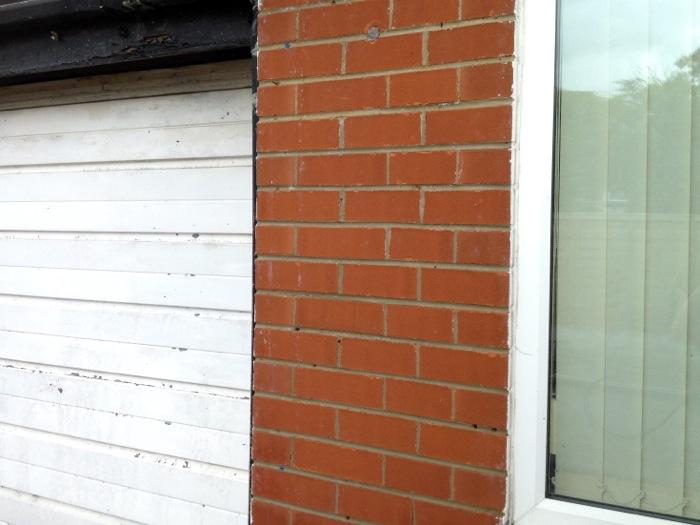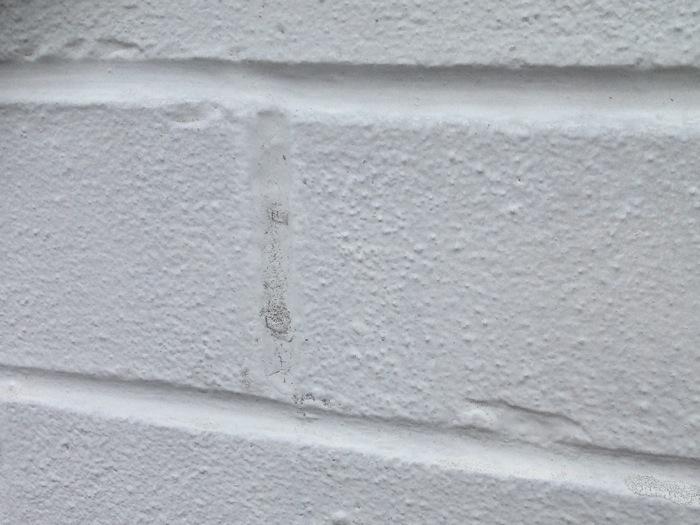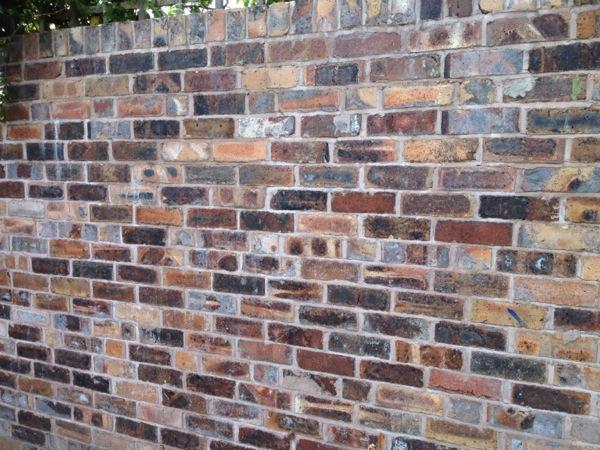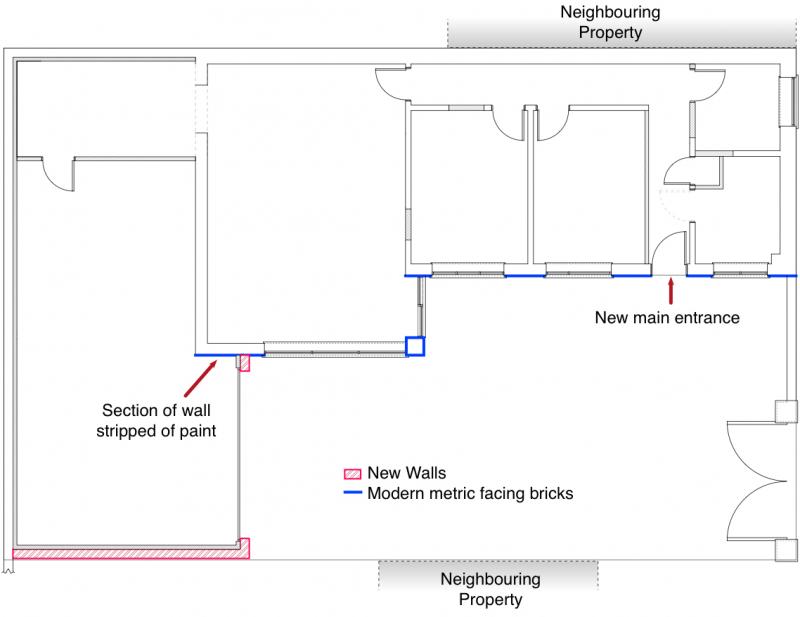- Joined
- 24 Aug 2009
- Messages
- 106
- Reaction score
- 1
- Country

Hi all 
I'm about to start work extending / making changes to my bungalow. It was built in 1980 - and one elevation was built with new bricks at the time - the other elevations were formed from an existing building dating back to the '20's.
The new brick elevation was painted before I bought the house - and upon removing the paint I have uncovered the probable reason it was painted in the first place. See HERE for the story.
I am now wondering about the implications & cost of replacing the outer leaf for all the reasons I mention in the thread above - in addition to the fact the newer bricks really clash with the old ones. I would say it's in the order of 800 or so bricks of standard (215x65mm) size. A new exterior door is also to be inserted into this elevation which could be done at the same time.
Anyone have any thoughts / rough idea of cost?
Thanks!
I'm about to start work extending / making changes to my bungalow. It was built in 1980 - and one elevation was built with new bricks at the time - the other elevations were formed from an existing building dating back to the '20's.
The new brick elevation was painted before I bought the house - and upon removing the paint I have uncovered the probable reason it was painted in the first place. See HERE for the story.
I am now wondering about the implications & cost of replacing the outer leaf for all the reasons I mention in the thread above - in addition to the fact the newer bricks really clash with the old ones. I would say it's in the order of 800 or so bricks of standard (215x65mm) size. A new exterior door is also to be inserted into this elevation which could be done at the same time.
Anyone have any thoughts / rough idea of cost?
Thanks!








